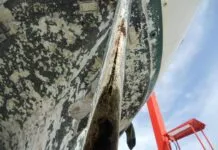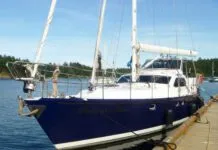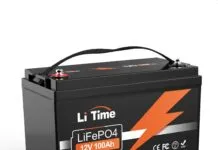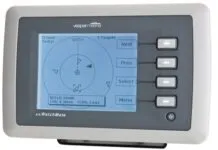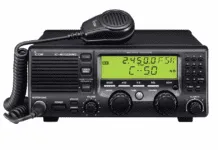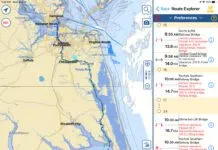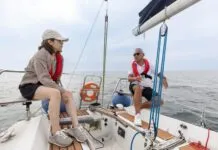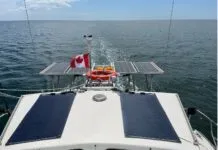Pre-Purchase or Insurance Survey: Which One Do I Need?
You’ve been bitten by the sailing bug and every spare minute is spent searching online for that perfect vessel. You’ve narrowed it down to...
When Electronics Fail: How to Navigate After Lightning Strikes
Lightning is an anomaly: It strikes wherever and whenever it wants. In my case, it struck me and by boat 200 miles south of...
Simple Lithium for Outboard-Powered Tenders, Daysailers, and Sport Boats
Lithium is cool. Your cell phone uses it. Cameras, laptops, flashlights … everything. But “cool” is not a reason. Fire is not a big...
Special Report: How to Prevent AIS and VHF Antenna Malfunction
Safety of Life at Sea (SOLAS) ships-including tankers, passenger vessels and cargo ships over 300 gross tonnage-must be equipped with Automatic Identification Systems (AIS). In the U.S., carriage requirements also includes vessels over 65-feet. AIS can allow you to see a distant ship, but is not a substitute for radar.
Vesper Marine WatchMate 850 and Icom M91D: Where Credit is Due
AIS (automatic identification system) transponders put out a signal that describes your boat and what it is doing to other ships. It also receives...
How to Create a Bullet-Proof VHF/SSB Backup
In this short article I want to chat about ideas for making the radio bombproof in an emergency. I haven’t “invented” any of these...
Tips From A First “Sail” on the ICW
My dream to sail from New England to the Bahamas involved a trip down the Atlantic Intracoastal Waterway (ICW), also known as “the ditch”...
Tillerpilot Tips and Safety Cautions
Autopilot is not autodrive. The International Rules of the Road (COLREGS) makes your responsibility clear: You must keep watch. There are no exemptions for...
Best Crimpers and Strippers for Fixing Marine Electrical Connectors
If you own a cruising boat, you will have to learn to be an electrician (in addition to a painter, a detailer, a mechanic,...
Thinking Through a Solar Power Installation
The practical aspects of your solar panel system will be governed by the design and size of your sailboat, your overall project budget (%...




































